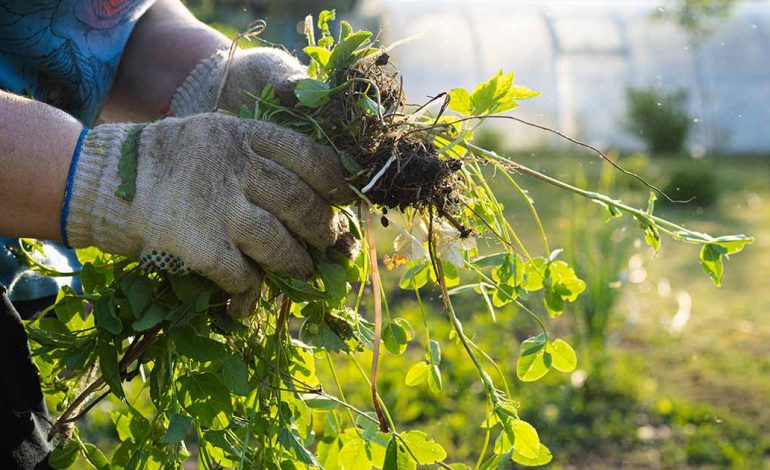
Weeds can be a gardener’s worst nightmare. Not only do they deprive the beautiful flowers and plants of necessary nutrients and sunlight, but they can also undermine the overall aesthetic of your landscaping. If you’re wondering what kind of weeds invade flower beds and gardens, and what you can do about them, then you’re in the right place.
This blog post will explore the types of weeds that commonly invade landscapes, what causes them, and effective ways of controlling them. Be sure to visit a professional landscaping company for more information.
Types of Weeds in Landscape Beds
Weeds come in many different shapes, sizes, and varieties. Some of the most common types of weeds found in landscape beds include broadleaf and grassy weeds. Broadleaf weeds are the ones that have a flat, broad-shaped leaf, while grassy weeds have a thin, blade-like leaf. Examples of broadleaf weeds include dandelions, clover, and chickweed. Examples of grassy weeds are crabgrass, goosegrass, and Bermuda grass.
Causes of Weeds in Landscape Beds
Weeds thrive in unkempt and unmanaged landscapes. Poor soil health, overwatering, and lack of proper maintenance are some of the main culprits behind weed growth. Weeds can also originate from seeds present in purchased mulch, topsoil, or soil amendments.
Controlling Weeds in Landscape Beds
Fortunately, there are several effective ways to control weeds in landscape beds. Using herbicides, pulling them out manually, mulching, and smothering them are all methods that have been proven to work.
- Use herbicides: Selective herbicides are a popular choice for controlling weeds in landscape beds. These are designed to control specific types of weeds and are applied directly to the weed. Non-selective herbicides, on the other hand, target all types of weeds and plants and can damage desirable plants if not used carefully.
- Pull weeds manually: Small weed populations can be easily removed by hand. When pulling weeds by hand, be sure to get the entire root system to prevent regrowth.
- Mulch: Mulching helps suppress weed growth by blocking sunlight and providing a barrier between the weeds and soil. Organic mulch such as bark chippings, straw, or leaves can be used to discourage weed growth.
- Smothering: Smothering is another method used to control weeds in landscape beds. This method involves covering the soil with black plastic or a thick layer of newspaper or cardboard. This prevents light from reaching the soil, which in turn kills the weeds.
Get Down Into The Weeds
Weeds are a common problem for gardeners and landscapers alike. Understanding the types of weeds that commonly invade landscapes, the causes behind weed growth, and effective ways to control them is key to maintaining a pristine landscape. As a homeowner or DIY enthusiast, you can use selective herbicides, manual weed pulling, mulching, or smothering to keep weeds at bay. We hope this guide has helped you better understand how to control weeds in landscape beds.










